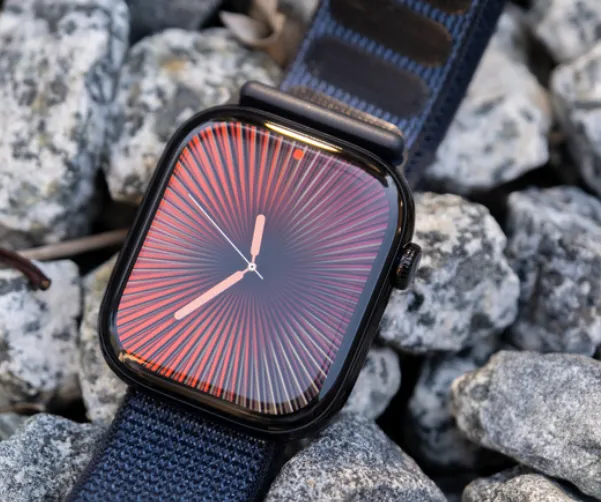The Apple Watch Series 10 brings a host of exciting upgrades, including a larger display, a faster chipset, and enhanced durability. However, a recent teardown by iFixit has revealed that when it comes to repairability, the device falls short, earning a mere 3 out of 10 on their repairability scale. While Apple continues to push the boundaries of technology with this model, its design choices make it a challenging device to repair, whether for users or third-party technicians.
A Tougher Device to Repair
According to iFixit’s analysis, the Series 10 is more difficult to repair than its predecessors. The teardown uncovered that Apple has prioritized sleek design and water resistance over user-friendly repair options. Key components are tightly sealed, with no easily accessible pull tabs or display cables that would make disassembly easier. For example, removing the screen was a delicate task due to the extensive use of adhesives and the absence of quick-release mechanisms.
While the design decisions contribute to the watch’s impressive water resistance, they also complicate any repair attempts. In contrast, the newly released iPhone 16 series was praised for its improved repairability, but the Apple Watch remains a challenge for anyone without the right tools.
Performance and Technological Improvements
Despite its difficult repairability, the Series 10 does offer notable advancements in technology. The display has been enlarged, giving users a more expansive interface. Additionally, the upgraded processor provides faster performance, benefiting everything from daily tasks to fitness tracking.
These improvements showcase Apple’s commitment to optimizing performance and miniaturizing technology. However, as the device gets sleeker and more powerful, its repairability suffers as a result. The teardown highlights that while Apple has made significant strides in the user experience, it has sacrificed some aspects of ease of repair to do so.
The Consumer Perspective
The repairability issues raised by the iFixit teardown could be concerning for consumers, particularly those who are focused on sustainability or are interested in the long-term viability of their devices. As Apple continues to release new models of its smartwatch, it will face the challenge of finding a balance between innovation and repairability. The Series 10’s impressive features may come at the cost of higher repair expenses and fewer service options for users in the future.
At its core, the Apple Watch Series 10 exemplifies the ongoing tension between sleek design and the practical need for repairs. While Apple’s dedication to offering high-performance devices is clear, the company has chosen to limit repairability in favor of aesthetics and functionality. Whether this will become a trend for future Apple products remains to be seen, but it raises important questions about the direction of innovation in wearable technology.
